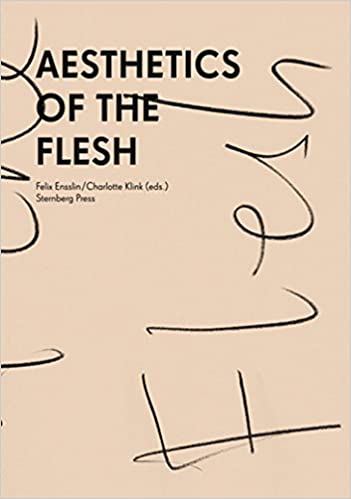
Büttner 2014b
“No Flesh in The Garden of Earthly Delights – On the Paintings of Hieronymus Bosch” (Nils Büttner) 2014
[in: Felix Ensslin and Charlotte Klink (eds.), Aesthetics of the Flesh. Sternberg Press, Berlin, 2014, pp. 272-299]
The way in which Bosch depicts the human body is without precedence in the art of his time. Wherever Bosch depicts nudity, he uses almost abstract signifiers. He reduces the human body to flat figures that are almost pictograms. As for the Garden of Earthly Delights: in order to discover the aesthetic principles and the intention they are based on, one has to take into account the context of the courtly art collection, where the painting was presented. In the exterior panels the strange plants growing everywhere illustrate that the fall of the angels (bringing evil into the world) has already taken place. The left interior panel is far from a perfect idyll, as it also shows many markers of evil (familiar from other works of Bosch) all over the place. What is shown in the central panel oscillates between soft eroticism and sexually drastic imagery. Bosch reduces the nude human body to a disc-like, flat form, which signifies people but lacks all sexuality and flesh. Yet, their actions are sinful. Scholars agree that what is shown in the right interior panel is the most impressive vision of Hell in the history of Western visual art.
Whether the central panel should be read as positive or negative, has been an issue among art historians for a long time. Bosch was probably familiar with Dionysius van Rijckel’s warning that evil can appear with outward beauty. The almost abstract way in which Bosch presents his figures keeps the strange, obscene and pornographic aspects of his work from inviting the viewer to gawk or play Peeping Tom. It instead inspires contemplation and wonder, in accordance with the rhetorical theory of affect transfer.
[explicit 18th May 2020]